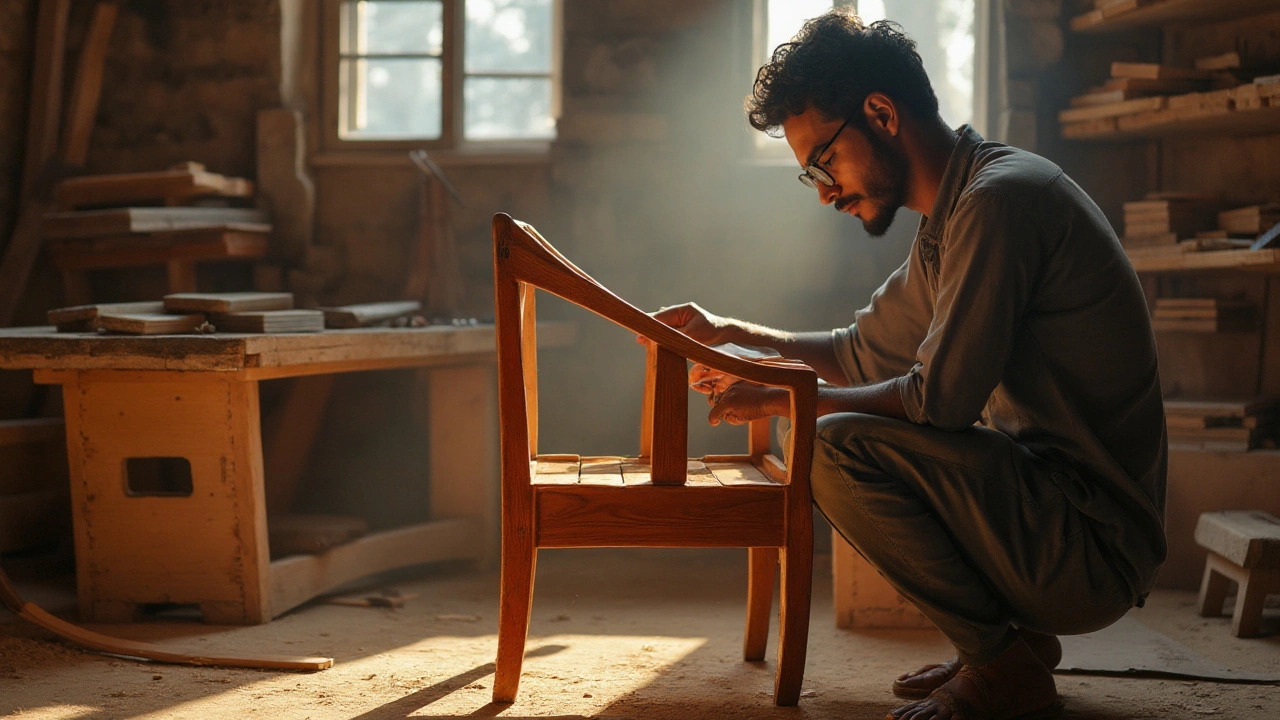Wood Types: Understanding the Variety for Sustainable Projects
When talking about Wood Types, the classification of timber based on botanical origin, density, and grain pattern. Also known as timber varieties, it helps makers, builders, and gardeners pick the right material for each job. Hardwood, dense wood from broad‑leaf trees that grows slowly and offers strong, stable grain is prized for furniture, flooring, and decorative pieces because it weathers well and holds detail. In contrast, Softwood, lighter wood from coniferous trees that grows faster and is easier to shape dominates framing, roofing, and large‑scale construction where speed and cost matter. Bamboo, a fast‑growing grass that behaves like wood, offering high strength‑to‑weight ratio and renewability is gaining traction for sustainable furniture and acoustic panels, giving designers a green alternative without sacrificing durability. Finally, Engineered Wood, manufactured panels such as plywood, MDF, and LVL that combine wood fibers with adhesives for consistency and efficient use of lower‑grade timber lets manufacturers produce uniform sheets for cabinets, walls, and structural components while minimizing waste. Wood types encompass hardwood and softwood, and they require different growth cycles, processing tools, and finishing techniques. Hardwood requires slower tree growth, which translates to higher cost but longer lifespan. Softwood, being faster to harvest, supports rapid building projects but may need protective treatments. Bamboo influences sustainable wood choices by offering a low‑impact source that regrows in three to five years. Engineered wood enables efficient use of low‑grade timber, turning what could be waste into high‑value products. The right wood type improves product quality, lowers environmental impact, and matches the skill set of the craftspeople involved. Understanding these connections is essential whether you’re a carpenter, a manufacturer, or a homeowner planning a renovation.
Why Knowing Wood Types Matters for Every Project
Choosing the proper wood type isn’t just a cosmetic decision; it shapes durability, cost, and the overall carbon footprint of a build. For example, furniture makers in Saharanpur, India, rely on hardwood for heirloom pieces because it resists dents and showcases intricate carving. Conversely, the automotive sector often prefers engineered wood for interior panels since it offers uniform thickness and can be molded into complex shapes without warping. In agricultural settings, bamboo fences provide a renewable barrier that holds up against weather while requiring minimal maintenance. When it comes to construction, softwood studs form the backbone of residential frames, delivering strength fast enough to meet tight schedules. These real‑world links illustrate how wood types intersect with manufacturing, design, and sustainability trends highlighted across our collection of articles. Below you’ll find detailed guides, case studies, and practical tips that dive deeper into each wood category, show how they fit into Indian manufacturing and gardening contexts, and help you make informed choices for your next project.
Discovering the Toughest Wood: Strength for Furniture in India
India is home to a rich diversity of wood types, with some offering remarkable strength and durability for furniture making. Teak, rosewood, and sal wood are popular choices due to their robustness and aesthetic appeal. Understanding the properties of each wood type helps manufacturers and buyers select the right material for their needs. This guide explores these woods, their characteristics, and what makes them ideal for sturdy furniture.
- manufacturing
- India
- food processing
- garden tips
- rice cultivation
- government schemes
- balcony garden
- urban gardening
- balcony gardening
- profitable business
- business ideas
- plastic manufacturing
- drip irrigation
- plant care
- steel manufacturing
- sustainable gardening
- startup ideas
- steel industry
- flower gardening
- textile manufacturers






